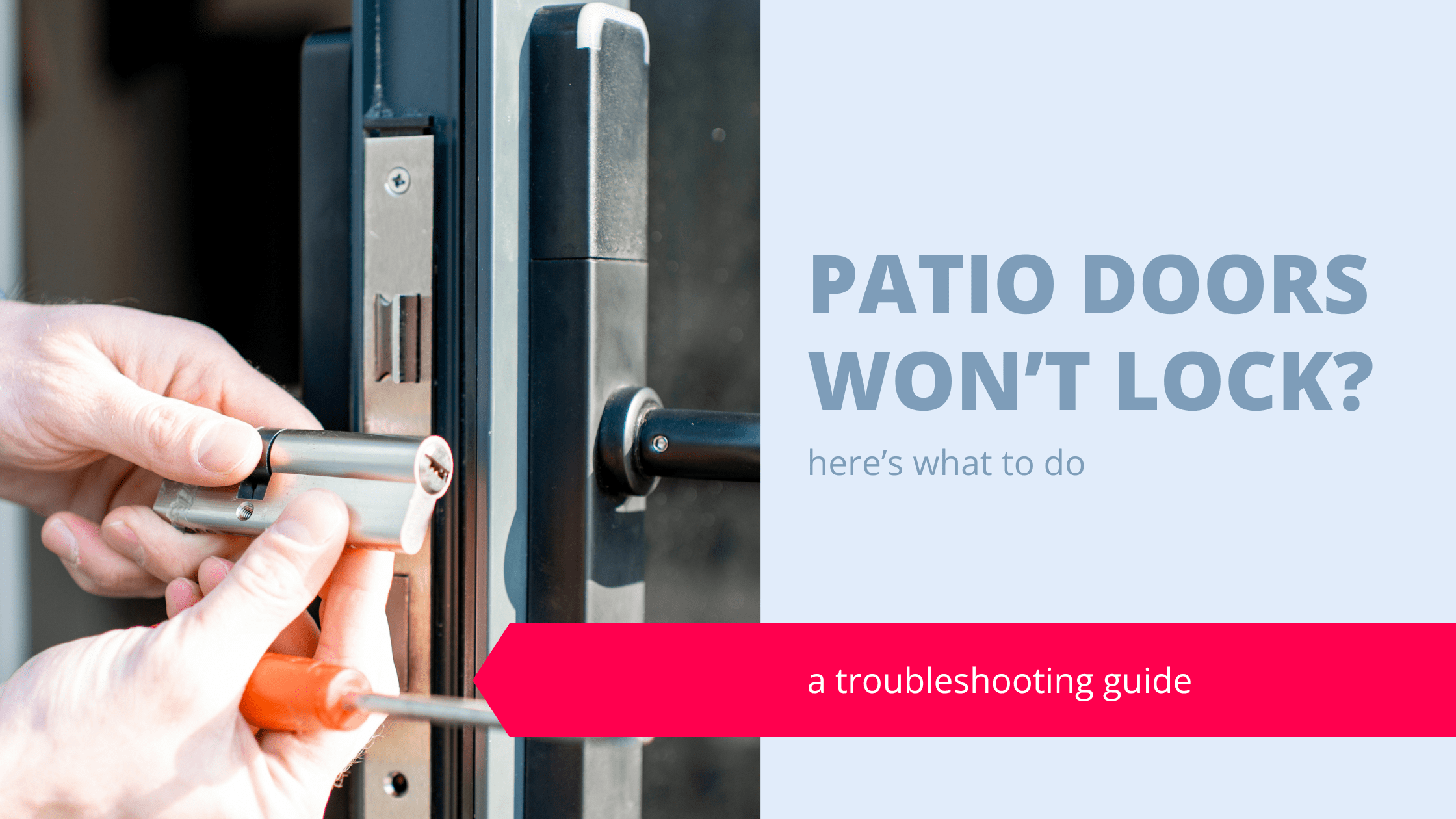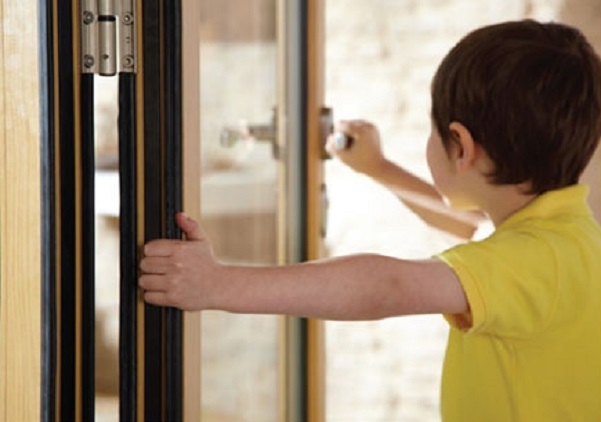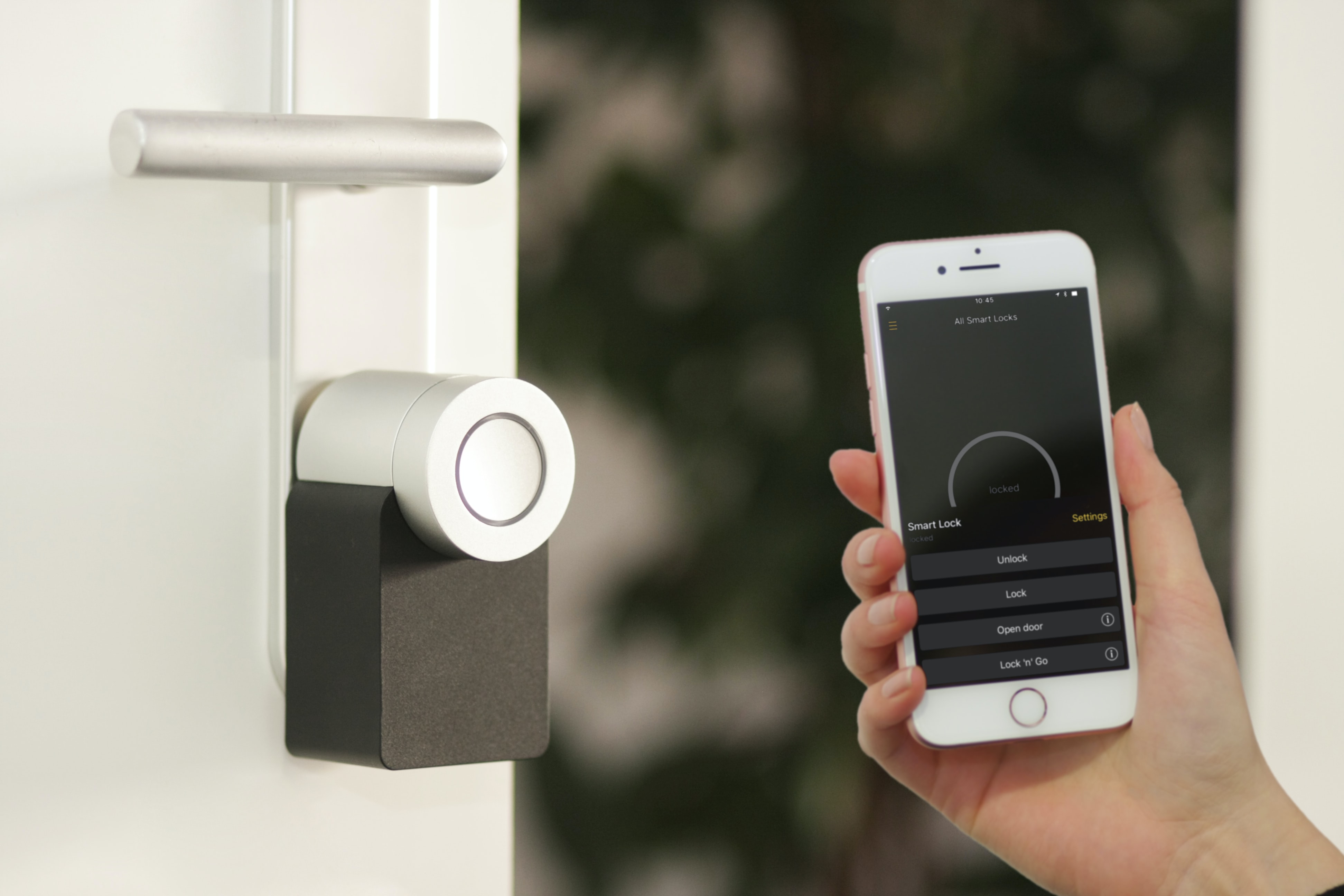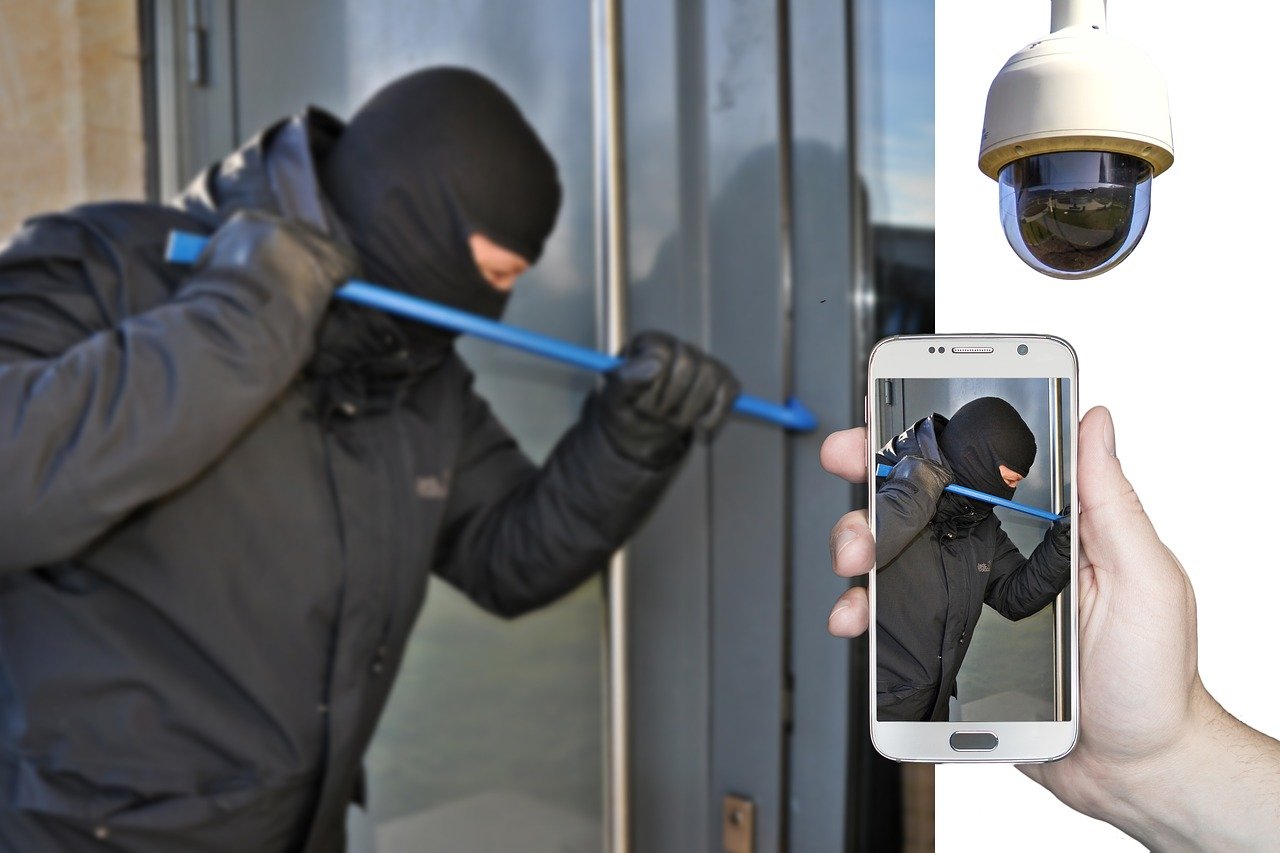Express Doors Direct ▸ Blog ▸ What To Do If Your Patio Doors Won’t Lock
Have you ever experienced the frustration of trying to lock your patio doors, only to find them stubbornly refusing to cooperate? It’s a common headache for homeowners across the UK. Whether it’s a patio door that won’t budge, a French door that seems to have a mind of its own, or a UPVC door handle that just won’t lift, dealing with a malfunctioning lock can be a real hassle.
But fear not! In this guide, we’re going to unravel the mystery behind why your patio doors aren’t locking and empower you with the knowledge and solutions to tackle this pesky problem head-on.
Understanding the Culprits
When they’re working efficiently, your patio doors stand firm against unwanted intruders and the elements. If things go wrong, it can put your comfort and security at risk. Just like any other crucial part of your home, your doors and their locks require maintenance and attention to function effectively.
However, over time, wear and tear, hot and cold weather, dirt and debris can take their toll. This can lead to issues with the door lock.
1. Misalignment:
Think of your patio doors as a puzzle, with various components needing to fit together perfectly for everything to work smoothly. If the door frame, hinges, or locking mechanism are misaligned, it’s like trying to force the wrong pieces together – it simply won’t work.
2. Dirt and Debris:
A uPVC door lock is like a finely tuned machine. Now imagine throwing sand and grit into its delicate gears – it’s bound to cause some friction. Similarly, dirt, dust, and debris can build up in the lock mechanism over time, hindering its ability to function properly.
3. Worn Components:
With each use, the moving parts of your patio doors undergo a degree of wear, gradually losing their precision and effectiveness. Eventually, these worn components can cause the entire mechanism to grind to a halt.
Solutions to Get Your uPVC Door Lock Moving Again
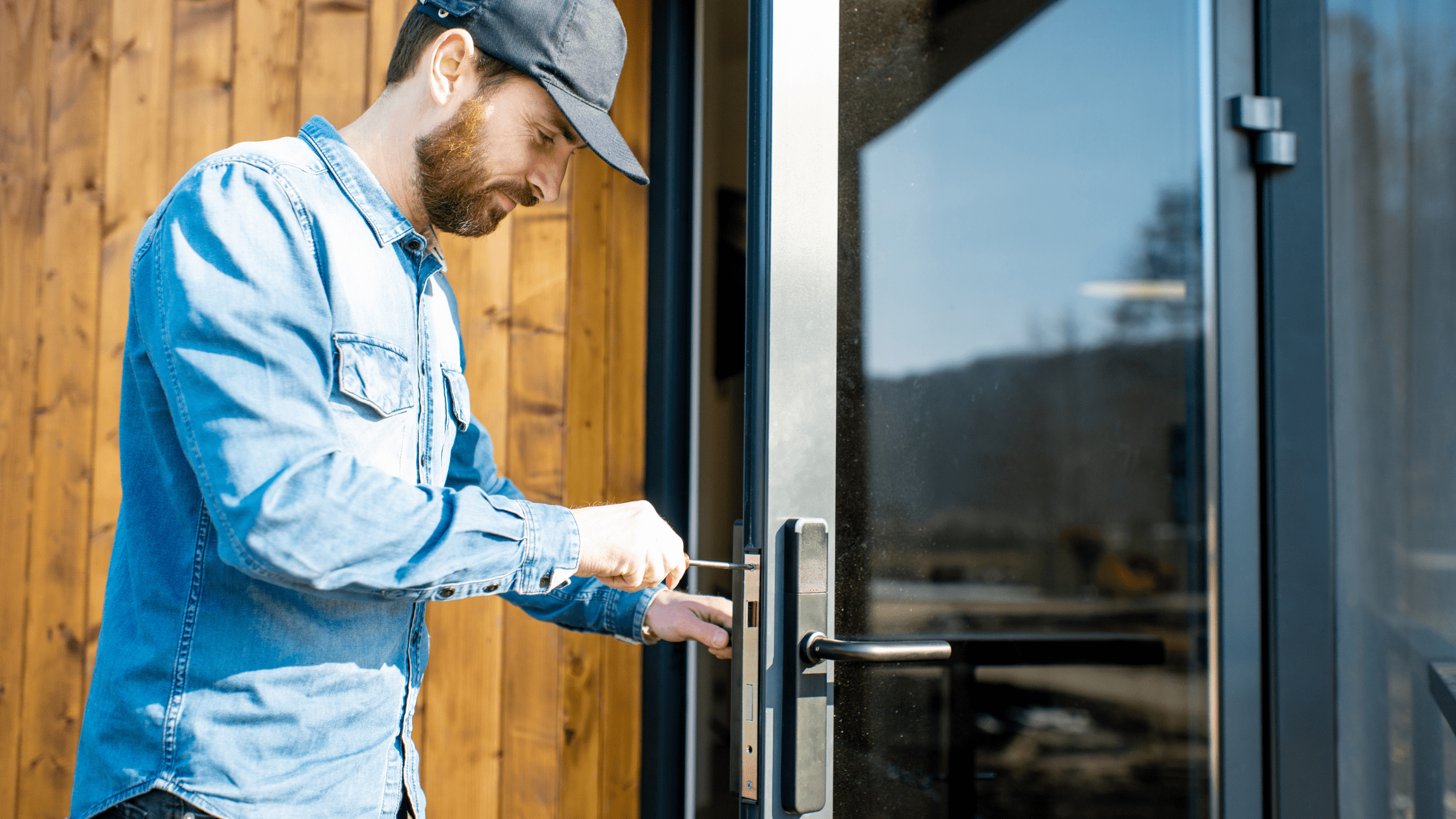
Now that we’ve identified the potential culprits, let’s explore the steps you can take to troubleshoot and fix your stubborn patio door problems.
1. Realigning the Doors:
With years of experience supplying to the public and trade professionals, we’re well aware that adjusting the alignment of your patio doors can work wonders for their functionality. They can expand in very hot weather or contract in the cold, and even start to drop if fixings become loose. Even if they have only shifted slightly, it could change the lock position so the locking points no longer meet as they should.
Start by examining the frame and hinges for any signs of misalignment. If you notice any discrepancies, gently adjust the position of the doors until they sit flush with the frame or ask a professional tradesperson to make the adjustments.
For more on door alignment, take a look at this useful video:
or try this simple repair:
2. Cleaning the Locking Mechanism:
Begin by removing any visible dirt or debris from the mechanism using a soft brush or damp cloth. For those hard-to-reach areas, consider using a can of compressed air to blow away any stubborn grime. Once clean, lubricate the moving parts with a silicone-based lubricant to ensure smooth operation.
3. Checking for Worn Components:
It’s also essential to assess the condition of the components within your door lock, especially if you have an older door. Check for signs of wear on the handle, cylinder, and lock hardware. If any parts appear damaged or worn, it may be time to replace them to restore your door’s functionality.
Troubleshooting Common Scenarios
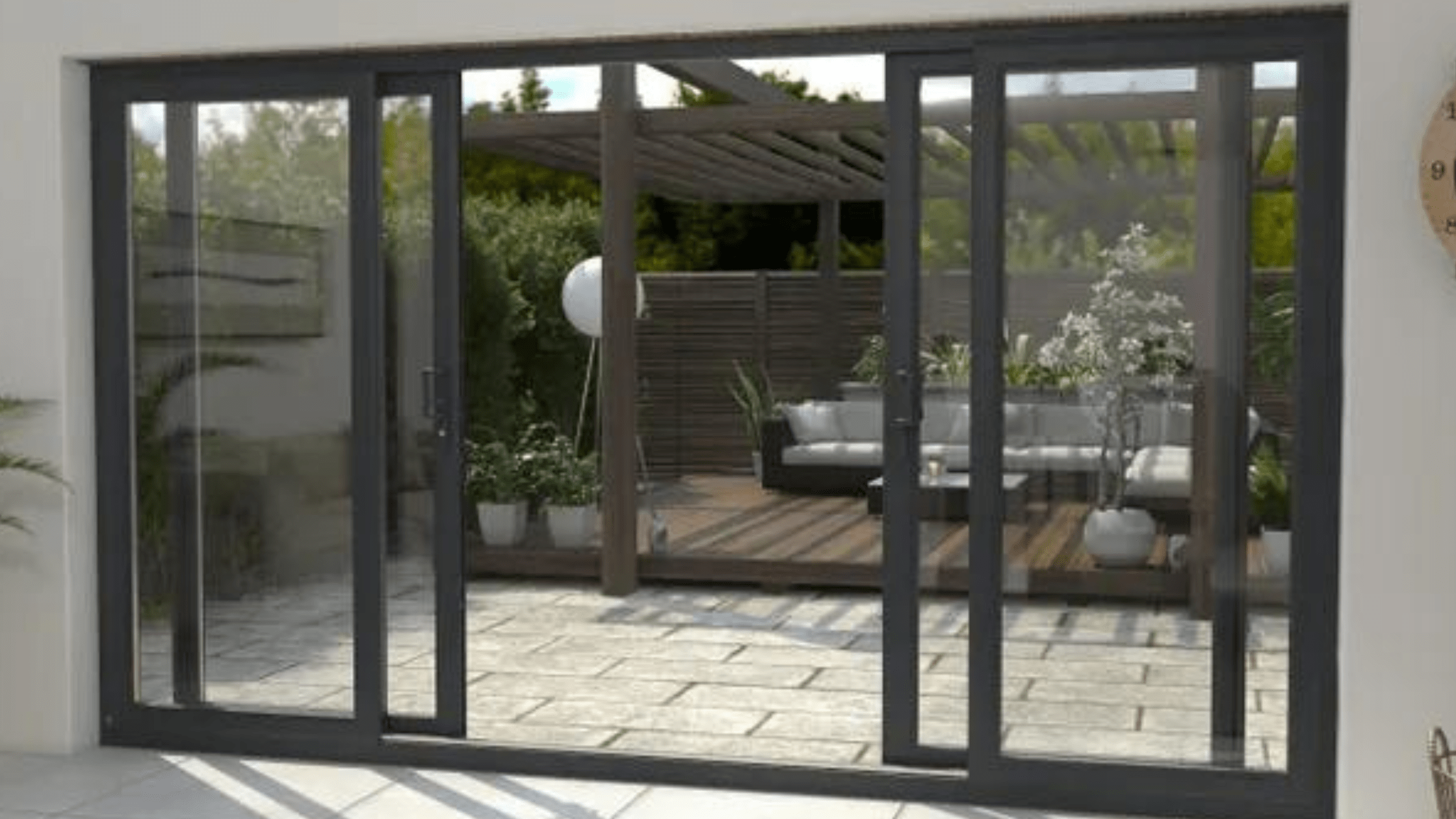
Now, let’s delve into some specific scenarios you might encounter and how to address them effectively.
Scenario 1: UPVC Door Won’t Lock
If your UPVC door is refusing to lock, start by checking for any obstructions in the frame or hinges. Next, ensure that the door lock is clean and properly lubricated. If the issue persists, it may indicate a more significant alignment issue, requiring professional intervention.
Scenario 2: French Door Won’t Lock
French doors add a touch of elegance to any home, but misalignment between these door pairs can sometimes lead to locking issues. Begin by inspecting the alignment and adjusting as necessary. Additionally, clean and lubricate the lock to ensure smooth operation. If the problem persists, consider contacting a qualified locksmith for assistance.
Scenario 3: UPVC Door Handle Won’t Lift to Lock
If your UPVC door handle refuses to lift to lock when closed, it could be due to several factors. Start by examining the handle for any signs of damage or wear. Next, check the alignment of the door and frame, as misalignment can prevent the handle from engaging the locking points. If all else fails, replacing the handle may be necessary to restore functionality.
Taking Control of Your Door’s Condition and Functionality
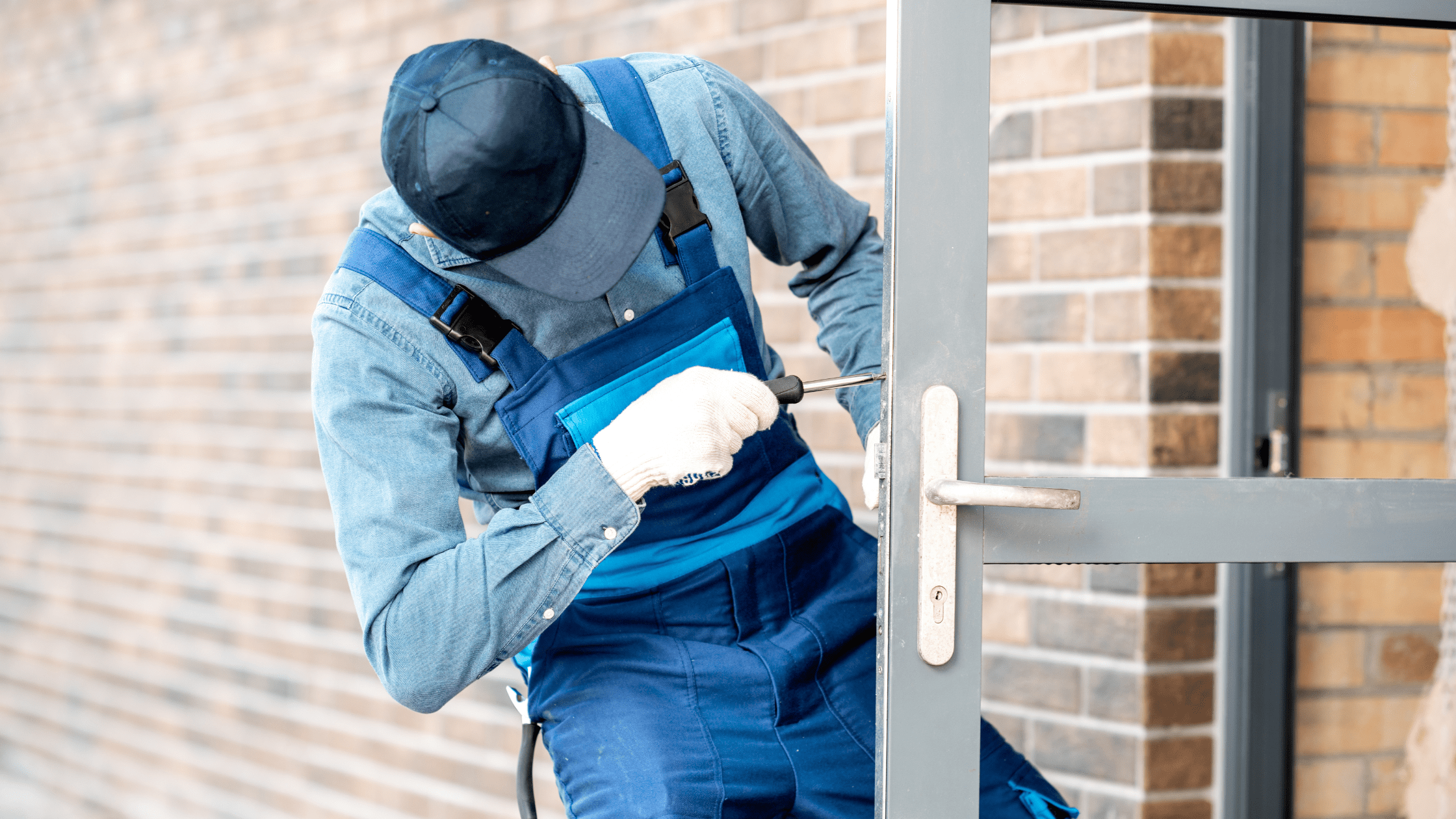
Dealing with a patio door that won’t lock can be a frustrating experience, but armed with the knowledge and solutions provided in this guide, you can tackle the problem with confidence. Whether it’s realigning the doors, cleaning the locking mechanism, or checking for worn components, taking proactive steps to maintain your patio doors will ensure they continue to work smoothly and stay secure.
So, the next time your lock decides to throw a temper tantrum, remember – you have the power to restore security to your home. Happy fixing!
Common Questions
Can you replace the locking mechanism on a uPVC door?
Yes, you can replace the lock mechanism on a uPVC door with basic tools. With the appropriate-sized central gearbox and either a screwdriver or drill, it’s a straightforward task to complete, ensuring a quick and efficient update to your door’s security.
What is the problem with the lock mechanism on my uPVC door?
The problem with your uPVC door lock mechanism could stem from several issues, such as weather damage, frequent usage wear, or incorrect handling. Likely culprits are a faulty door handle or a broken gearbox. Accurate troubleshooting is key to pinpointing the specific problem for a targeted repair.
Related Posts:


Buy great value, energy efficient #PatioDoors that complement the style of any property.
Shop standard sizes in on-trend designs or ask our experts about custom doors made to measure.
 Explore our collection at expressdoorsdirect.co.uk/patio-doors
Explore our collection at expressdoorsdirect.co.uk/patio-doors Glad we could supply all the #FireDoors needed for this project DMD Internal Doors
Glad we could supply all the #FireDoors needed for this project DMD Internal Doors 
#doorinstallation #doorsupplier #joinery #derbyshire



 @followers
@followers New offers just launched!
New offers just launched! From FREE door handles to unbeatable discounts on folding doors, patio doors and prefinished oak doors, our early summer sale has everything your project needs. T&Cs apply.
Find a deal today at expressdoorsdirect.co.uk/special-door-offers
@followers






















































